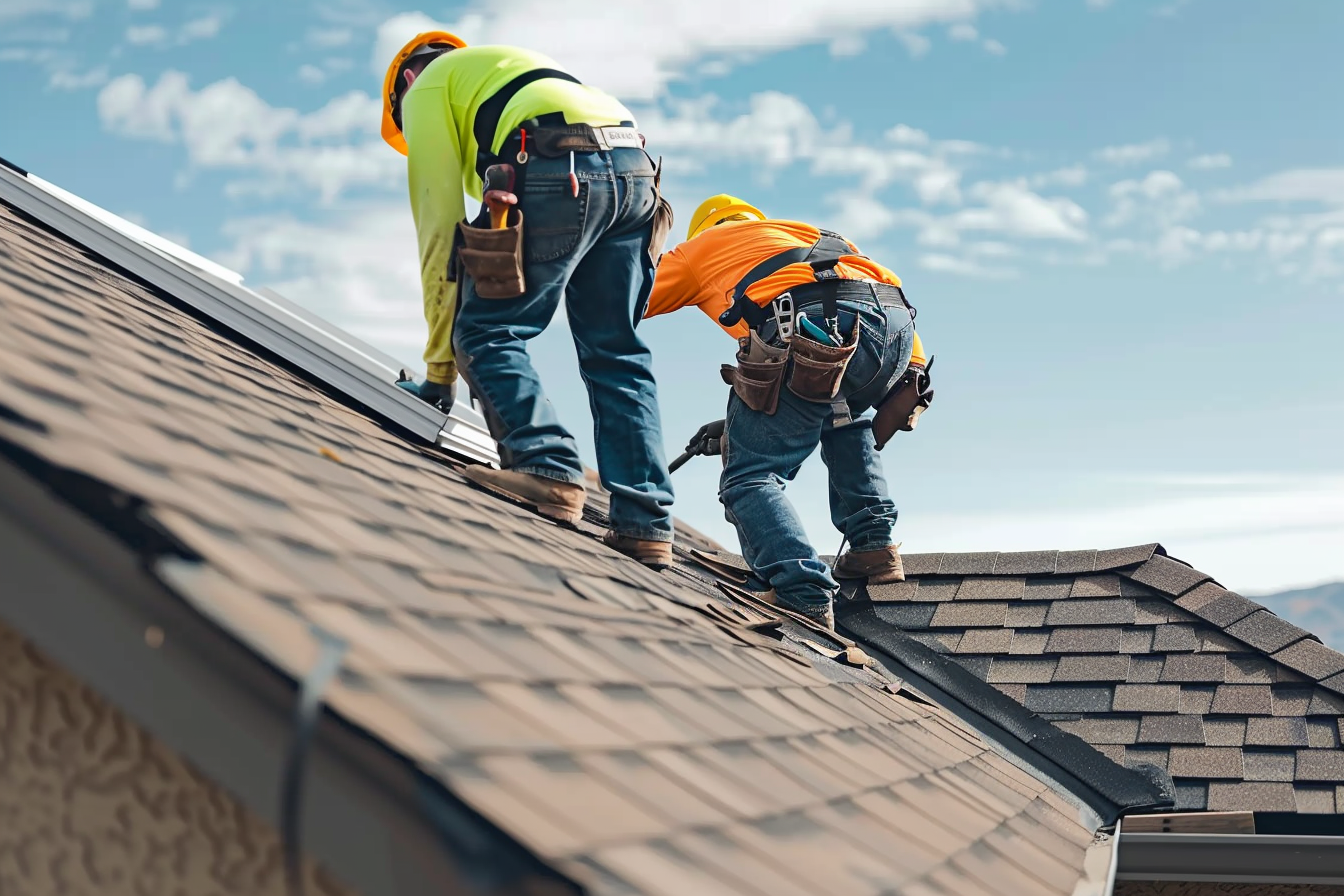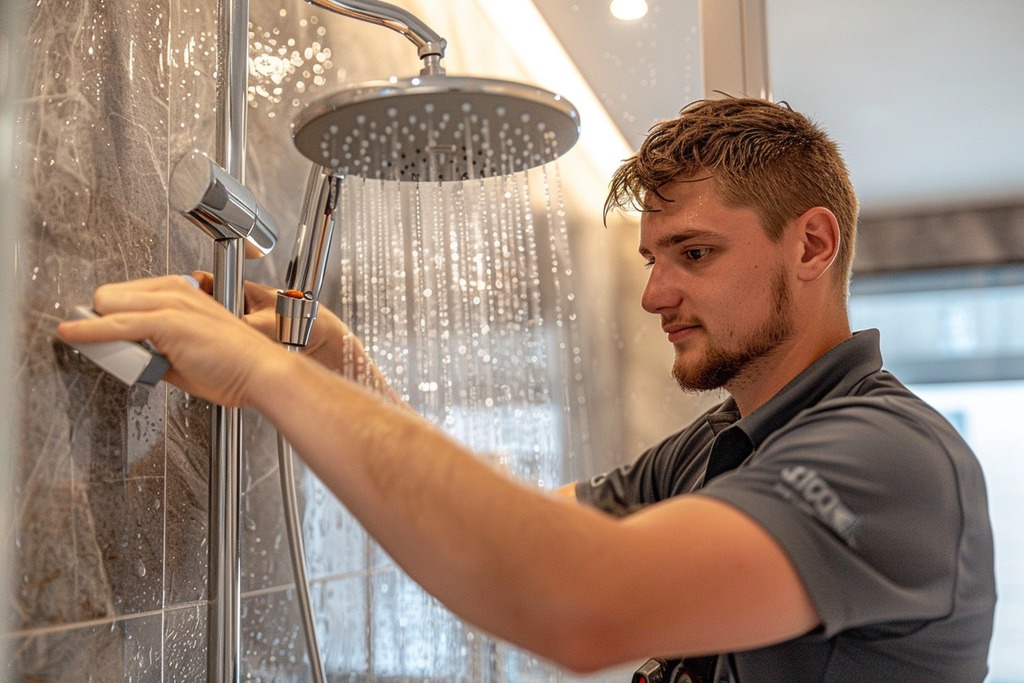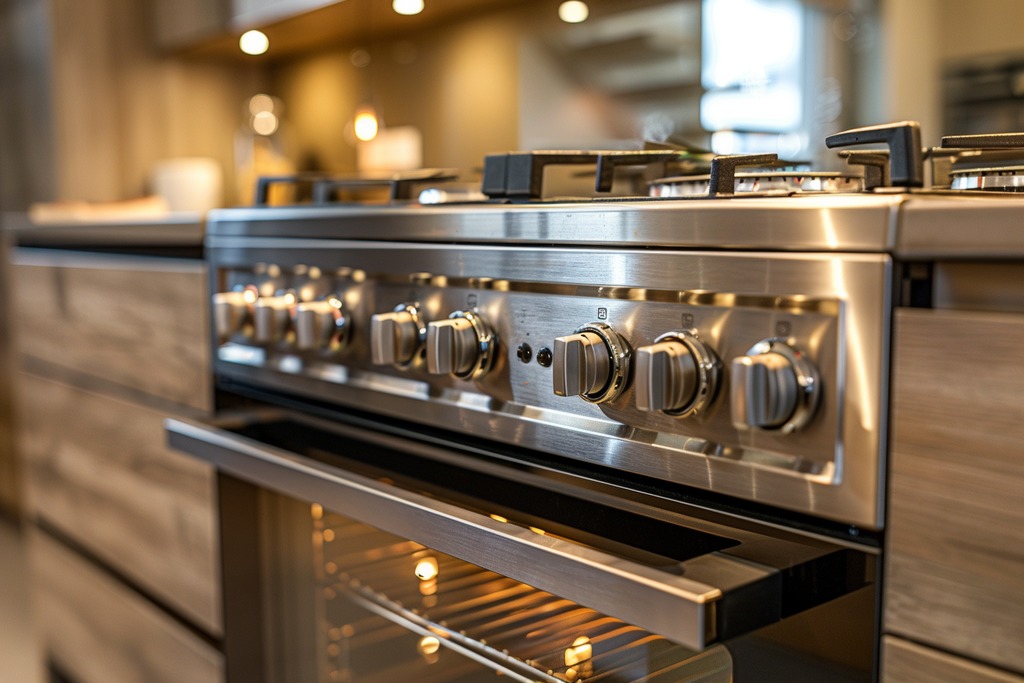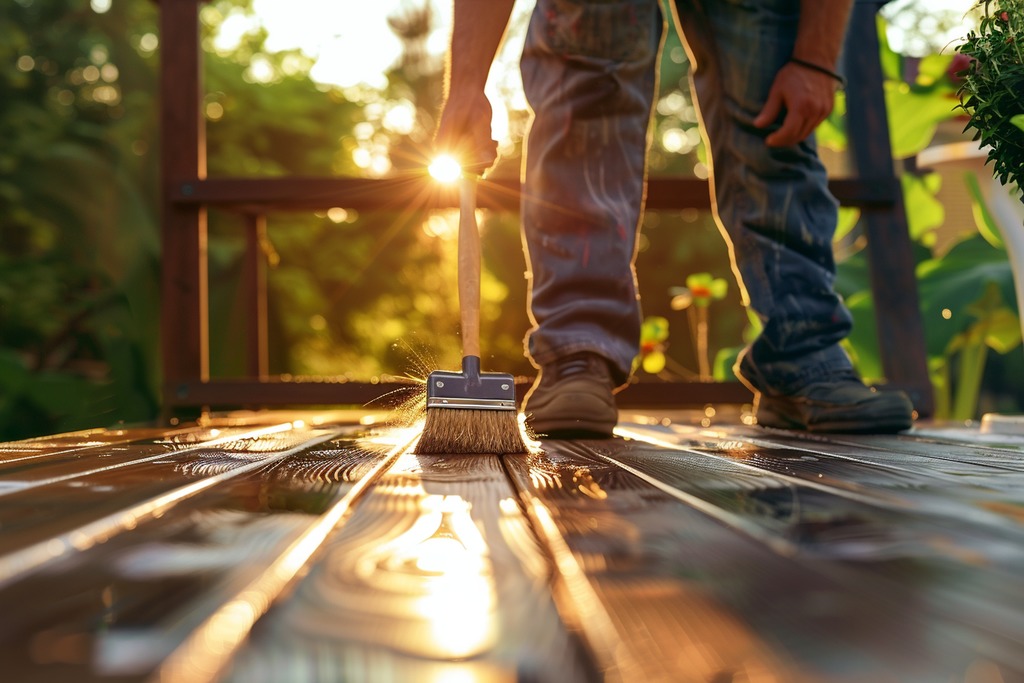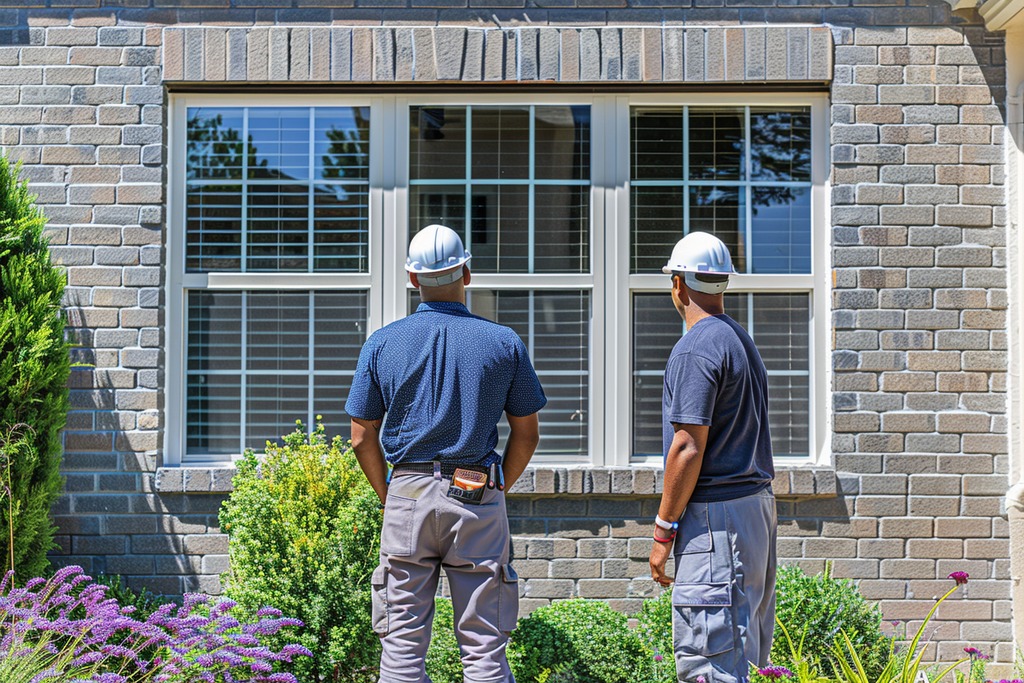Every home undergoes wear and tear, but with smart budgeting and timely updates, you can maintain your home’s value and ensure it remains a comfortable place to live. Approximately every 10 years, certain major components in your home will likely need replacement or significant maintenance. Planning these updates in advance can prevent last-minute financial stress and ensure that your home stays in peak condition.
Smart Budgeting: Updates Your Home Will Need Every 10 Years
1. Roof Inspection and Potential Replacement
Every decade, your roof should be thoroughly inspected by a professional. Depending on the material, you might need repairs or even a complete replacement. Asphalt shingles, for example, can last up to 20-30 years, but it’s wise to check for damage regularly. Budgeting tip: Set aside a small amount each month towards a roof fund. This proactive approach will spread out the cost over several years, making it more manageable.
2. HVAC System Overhaul
Heating, ventilation, and air conditioning (HVAC) systems typically have a lifespan of about 10 to 15 years. Regular servicing can extend this, but a decade marks a good point for a major check-up or a full replacement. Budgeting tip: Check for energy-efficient models that could qualify for tax rebates or utility discounts, reducing your upfront costs significantly.
3. Updating Plumbing Fixtures
Plumbing issues can escalate quickly if not addressed. Every 10 years, consider updating fixtures like faucets, toilets, and showerheads to more efficient models, which can help save on water bills and prevent costly leaks. Budgeting tip: Invest in high-quality fixtures one room at a time instead of all at once to spread out expenses.
4. Refreshing the Paint
A fresh coat of paint can do wonders for your home’s appearance and structural integrity. Exterior painting is crucial for protecting your home from the elements, while interior painting can help maintain indoor air quality and aesthetics. Budgeting tip: If you’re handy, consider doing the painting yourself to save on labor costs.
5. Replacing Major Appliances
Appliances such as refrigerators, dishwashers, and washing machines generally need replacement every 10-15 years. Anticipating these expenses can prevent financial strain when an appliance suddenly fails. Budgeting tip: Look for sales or promotional deals during major holidays to purchase appliances at a significant discount.
6. Renewing Floor Finishes
Flooring endures a lot of wear and tear and can show its age over time. Whether it’s refinishing hardwood floors or replacing carpeting, updating your flooring can significantly improve the look and feel of your home. Budgeting tip: Consider more durable materials that might be more expensive initially but will offer longevity and better aesthetics in the long run.
7. Deck and Patio Maintenance
If you have a deck or patio, regular maintenance including sealing and repairs are necessary about every 10 years to prevent deterioration. Budgeting tip: Regular maintenance can extend the life of your deck or patio, reducing the need for more expensive repairs later.
8. Window Replacements
Windows don’t just let light in; they also play a significant role in your home’s energy efficiency. After about 10 years, seals can fail, and drafts may become noticeable. Replacing old windows with energy-efficient ones can save on heating and cooling costs. Budgeting tip: Similar to HVAC systems, look for models that offer rebates and discounts.
Wrapping Up
Smart budgeting for home updates every decade is not just about maintaining appearances; it’s about ensuring the safety, efficiency, and longevity of your home. By planning for these updates in advance and setting aside funds regularly, you can manage these expenses without financial stress.
Next Steps
Consider setting up a home maintenance savings account if you haven’t already, and keep a close eye on the condition of these key home components. Regular assessments can help you adjust your budget as needed and keep your home in peak condition for years to come.

